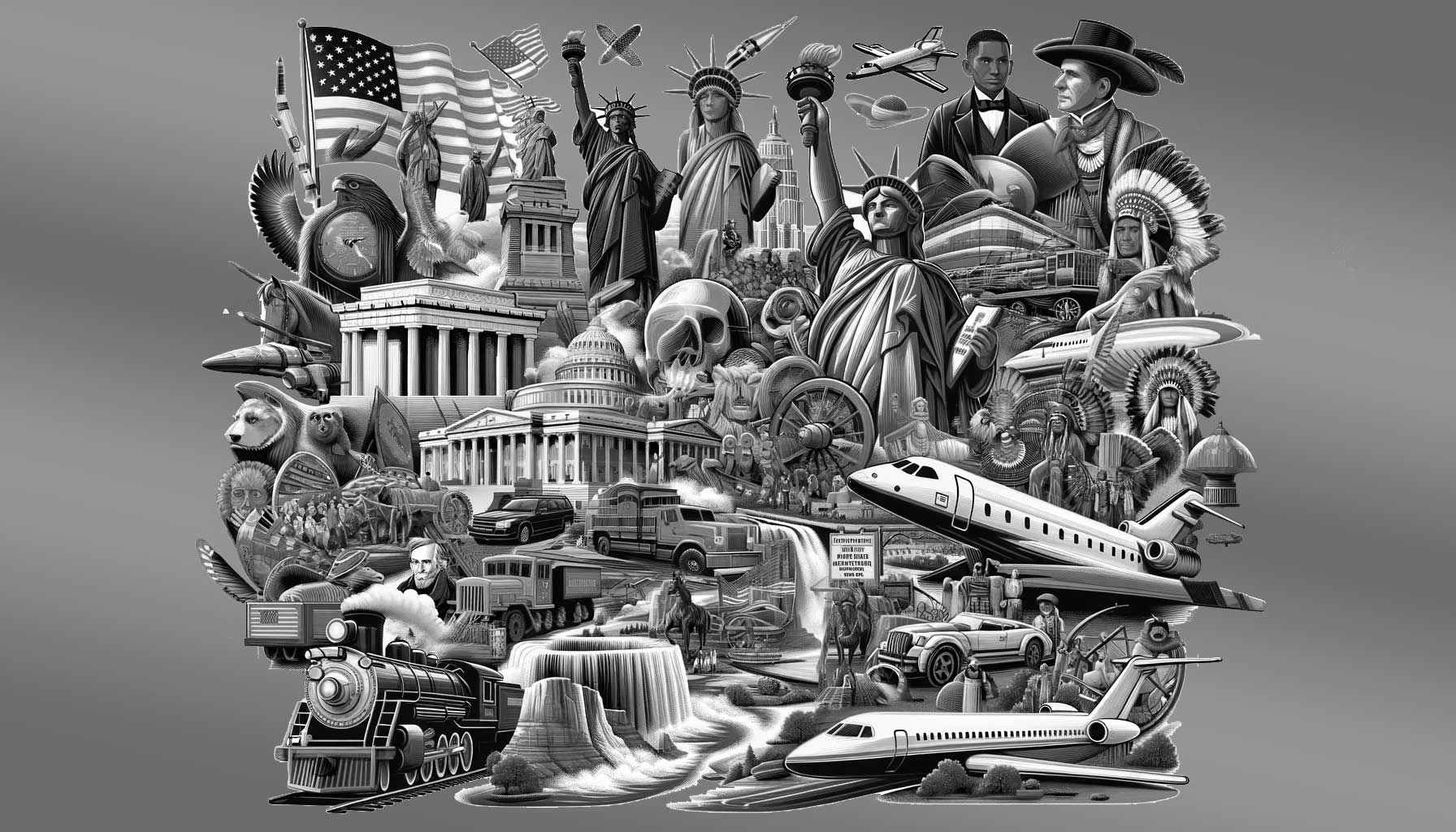Flashback to August 23
American History

1888
William Seward Burroughs patents the first successful adding machine in the United States.
Read moreIn a transformative leap for mathematics and business alike, an inventive mind named William Seward Burroughs brought forth a revolutionary invention to the United States on August 21, 1888. This pivotal day marked the patenting of the nation’s first successful adding machine, a significant milestone in the evolution of computational devices.
Burroughs, born on January 28, 1857, had an impressive flair for inventiveness from a young age. However, it was his role as a bank clerk that notably sparked the inspiration behind his groundbreaking invention. The human error in calculations he observed daily generated an idea: to design a machine capable of handling arithmetic efficiently, error-free and swiftly. From this drive, the U.S.’s first effective adding machine was born.
The patented machine by Burroughs was innovative in its simplicity. It embodied an ingenious mechanism using typed keys to input numbers and calculated results which were printed on a strip of paper. This tangible evidence of calculation opened doors to accountability and accuracy previously difficult to achieve.
The Burroughs adding machine offered tremendous relief to the arithmetic-heavy world of accounting and bookkeeping, marking a turning point in business efficiency. Prior to its advent, calculations were made manually, often leading to inaccuracies and inefficiencies. Yet, with the ushering in of the Burroughs adding machine, businesses could now rely on a machine’s impeccable precision, thus minimizing human error and accelerating transaction times.
Leading up to the patent grant in 1888, Burroughs faced his fair share of challenges. Initial models of his adding machine were hindered by mechanical problems. Determined, he kept refining his device and finally achieved a version robust enough to be commercially available. Upon the successful patenting of his adding machine, Burroughs founded the American Arithmometer Company in 1886 (now called Unisys Corporation), establishing a solid place for his invention in the world of commerce.
As we delve deeper into the impact of the invented adding machine, its influence on modern technology becomes apparent. It laid the foundation for the development of later mechanical calculators, leading to electromechanical computing, and eventually paving the way towards the age of digital computing and beyond. One cannot underestimate the contribution of Burroughs’ adding machine towards what the worlds of technology and business would eventually become.
Driven by his relentless longing to eliminate human error in calculation, Burroughs conquered the realm of mechanized computation by patenting the first successful adding machine in the United States. His invention revolutionized the then-present business world, providing a boost to commercial efficiency and setting the stage for future technological advancements in the field.
The patent and resulting invention not only jump-started the age of mechanical calculation but also captured a pivotal moment in history, where human creativity and intellectual curiosity collided with the broad realm of endless possibilities: technology. William Seward Burroughs, through his inventiveness and perseverance, stamped his name boldly in the annals of technological history.
Speaking to the lasting impact, the value of Burroughs’ contribution continues to echo throughout technological advances. His ingenuity and relentless pursuit of efficiency brought forth a machine that would pave the way for modern computing milestones.
Highly regarded as a key pioneer ushering in the computing age, Burroughs’ patented adding machine of August 21, 1888, stands as a lasting symbol of the power of innovation. It forever transformed the landscape of business operations and marked the starting point of the journey leading to our present-day technological marvels. The implications of this patented invention stretch far beyond its time, testifying to the genius of William Seward Burroughs and underscoring the boundless possibilities of technological advancement.
We strive for accuracy. If you see something that doesn't look right, click here to contact us!
Sponsored Content

Hurricane Andrew hits South…
On August 23, 1992,…

Nicola Sacco and Bartolomeo…
Marking the controversial episode…

Fall of Fort Morgan…
Experience the historical reenactment…

